Research with AI
UI research with Listenlabs.ai
In my Fundamentals of Interaction Design class at CCA, I guide students through a project using the design thinking process. It’s simple to illustrate and grasp, but students quickly learn the depth of work required for thoughtful design.1
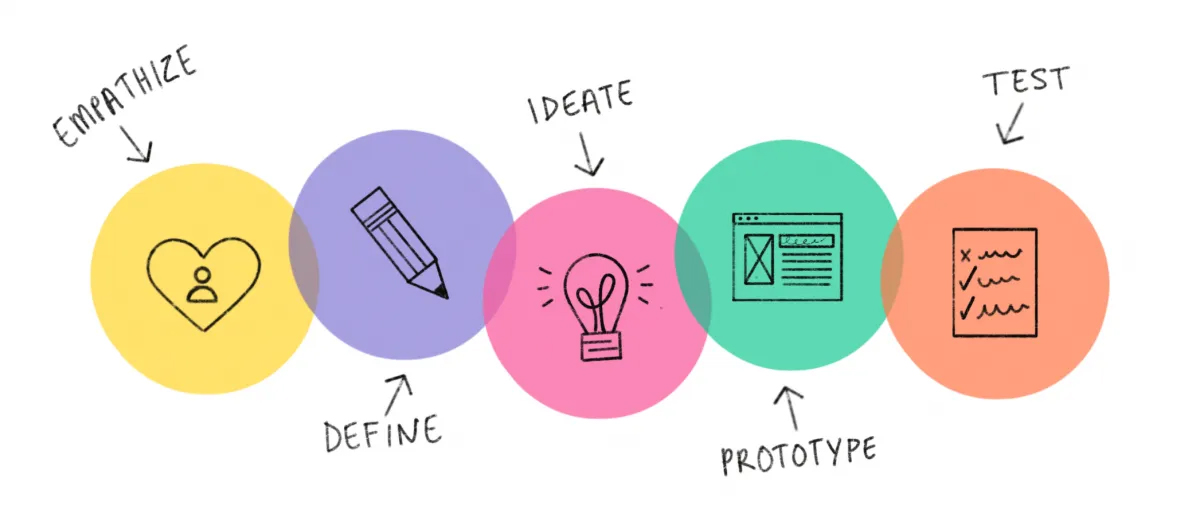
For the Fall 2024 semester, we enthusiastically set out to redesign the SFMTA parking meters we noticed people struggling with around campus.
But this is not a story about parking meters…
Before the semester began, I was certain students would use AI to create wireframes and prototypes. I envisioned them describing parking meter functionality with sketches and text, then modifying AI generated output. I even gave a presentation on how I was preparing to teach with it.
Only it didn’t happen. My students created their demos the old fashioned way, by dragging rectangles and searching for ready-made templates.
Instead, AI empowered them to test their solutions in ways I didn’t anticipate.
In October of 2024, I encountered listenlabs.ai 2 at an AI Tinkerers meet-up here in San Francisco. In a Lower Haight basement crowded with folding chairs and flanked by gaping pizza boxes, their demo was astonishing. Qualitative research that used to require days of observation, transcription and synthesis could be produced overnight.
Listenalabs uses AI to help designers and researchers gather qualitative feedback on the experiences they create. It can record interactions with a Figma prototype, pose questions and follow up on behalf of an interviewer, record video, and transcribe the entire conversation. Most importantly, it looks for common themes amongst respondents and organizes them for researchers to consider.
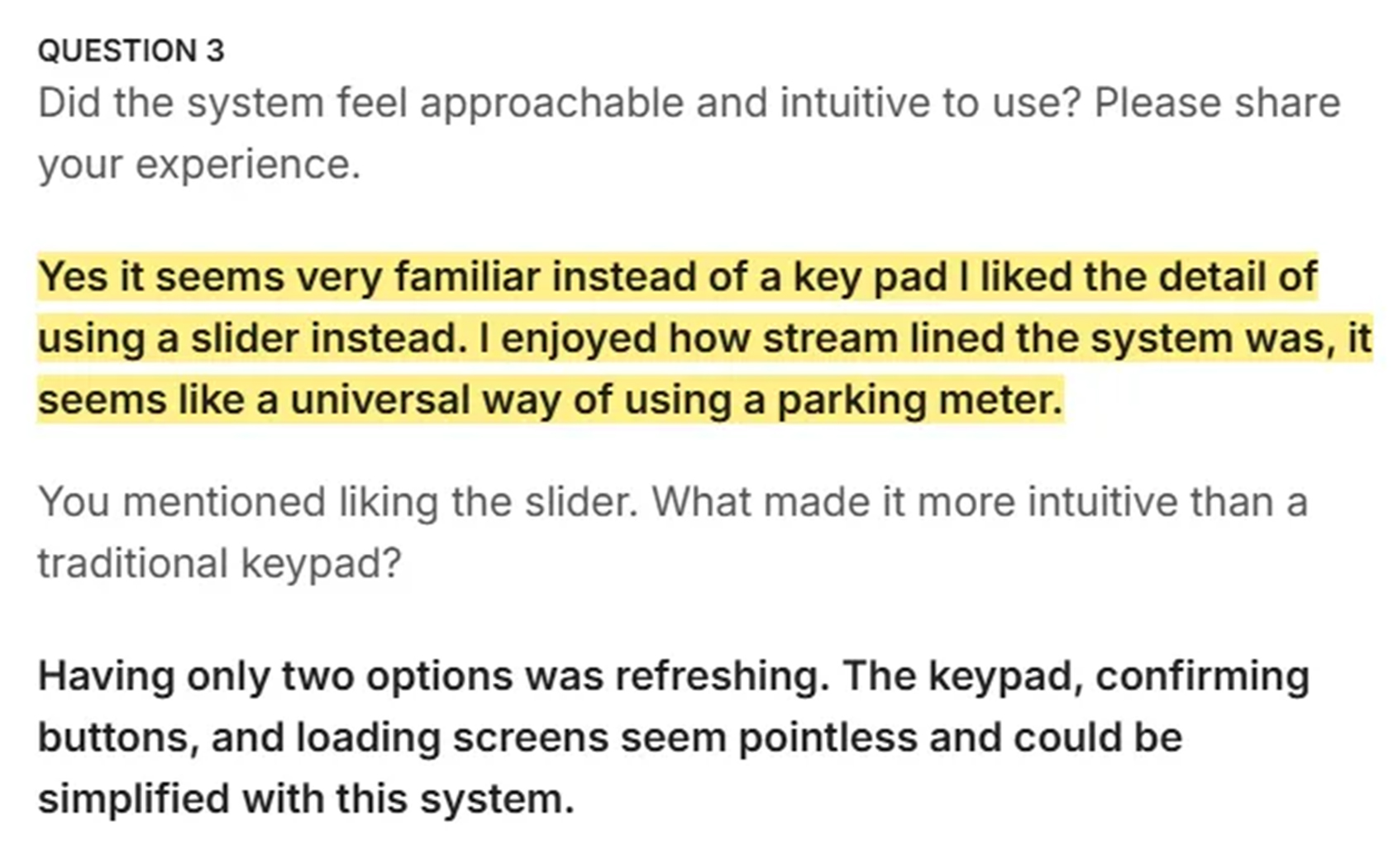
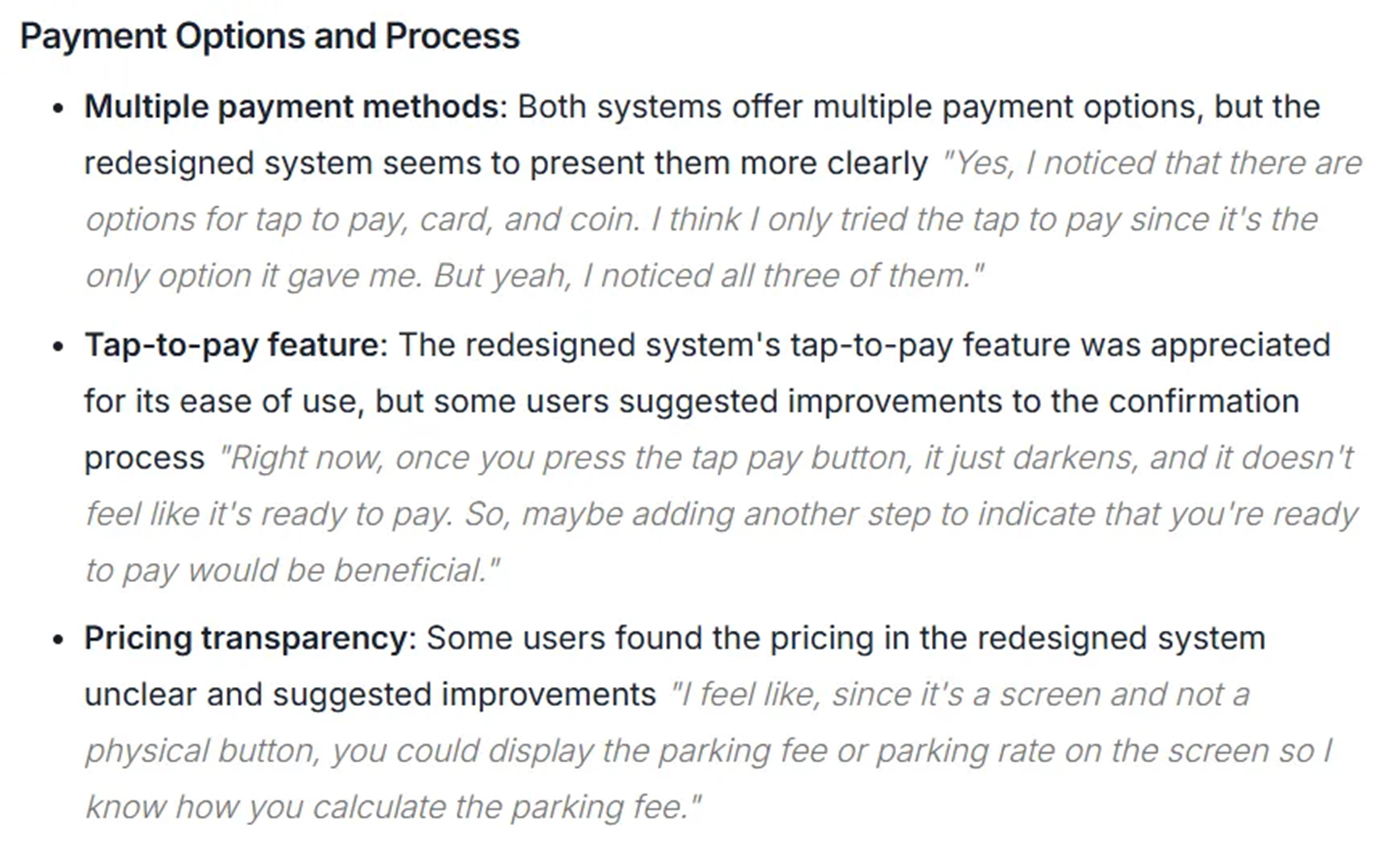
Students quickly received detailed insights on the very first iteration of their prototypes. One student realized people using her design didn’t grasp a horizontally scrolling menu. Seeing this was far more impactful than simply considering a suggestion in class.
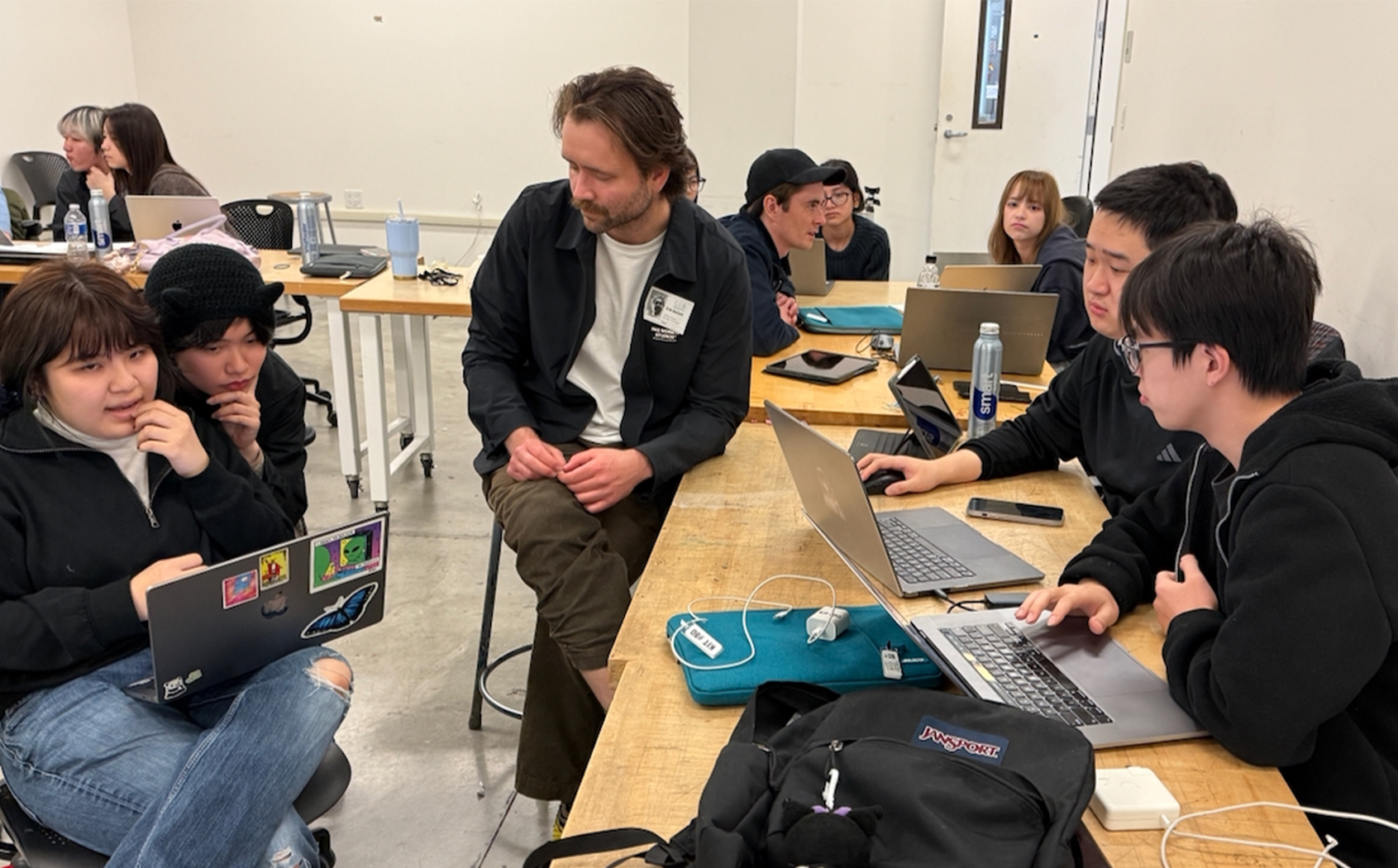
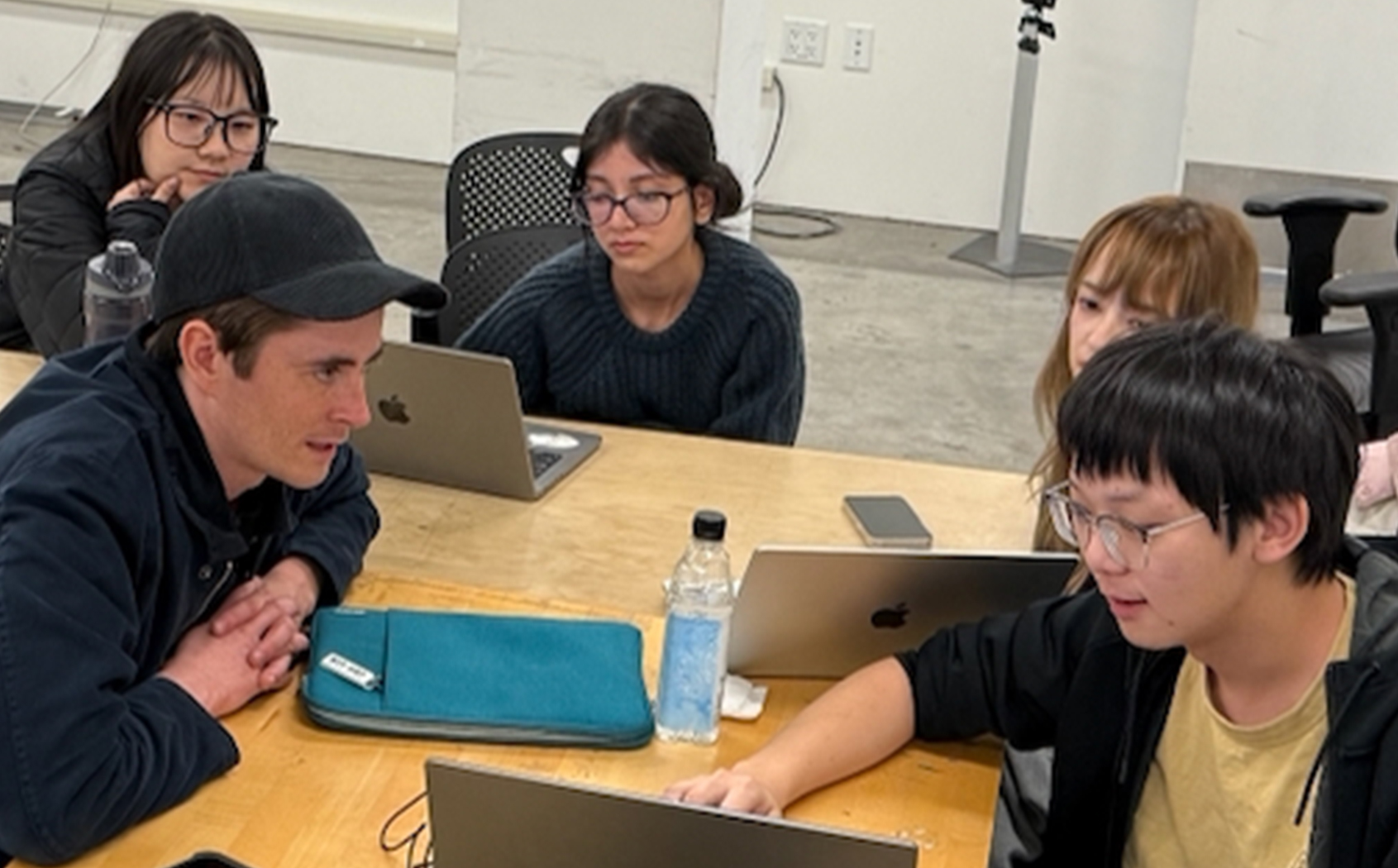
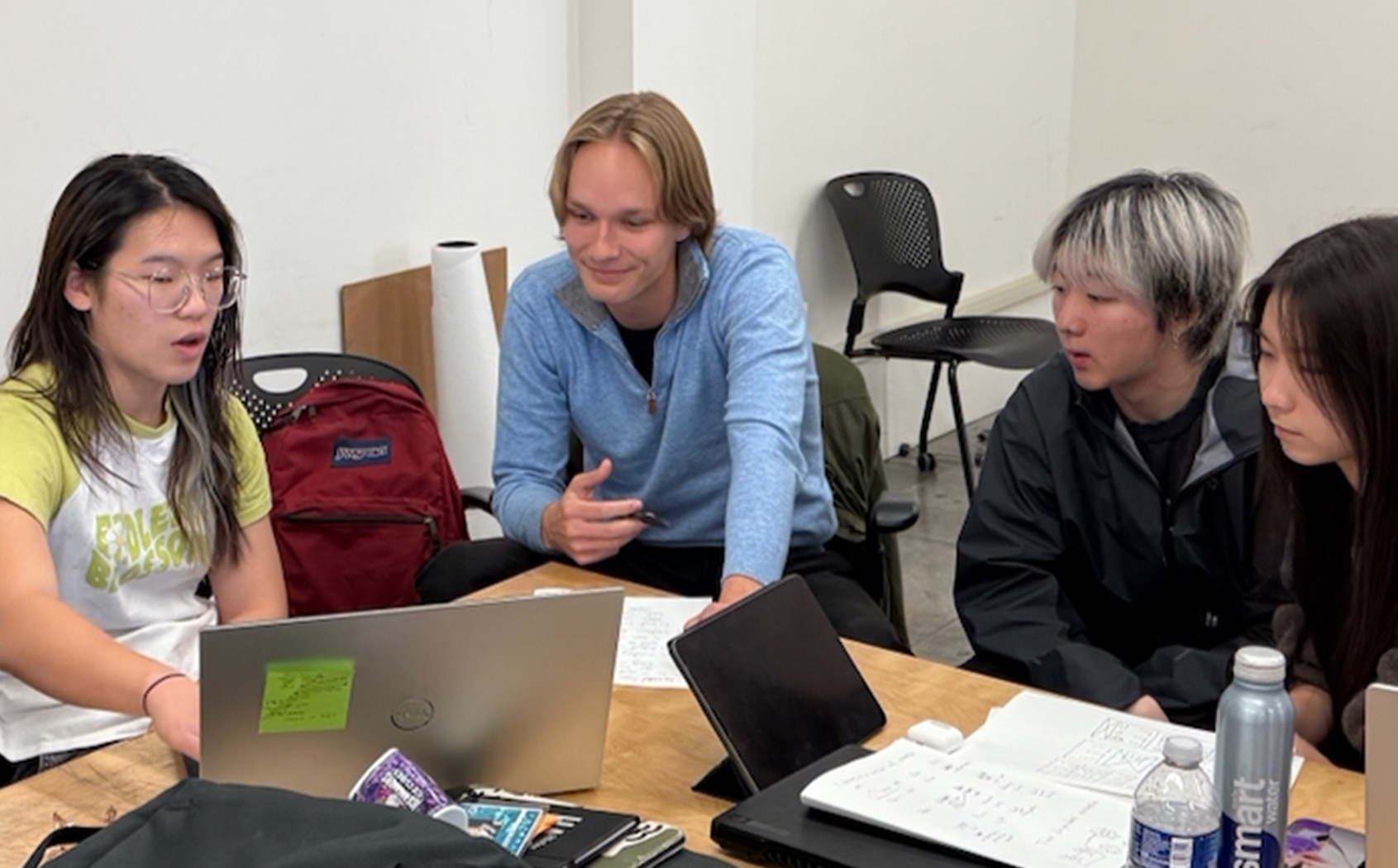
Empowering designers (especially design students) with meaningful user testing on early prototypes is profound. Design thinking is iterative; AI platforms like Listen AI allow us to infuse testing throughout the process. Often it’s left until the very end of a project, and applied only to near final designs.
Of course, students deliberately pushed the limits of AI “thinking”. When unleashed to create dozens of follow up questions or generate a needlessly long report, they achieved predictably laughable results. AI can’t replace the expertise and intuition of dedicated user researchers or make informed design decisions. But it can help us gather qualitative insights about our work.
As we wrapped up the project and shared our solutions, I reminded students of the Design Research class they’ll soon take as Interaction Design majors. Whatever AI tools they use, the skills and processes they’ll learn are still vitally important. As user research becomes more accessible, hands-on and in-person testing can be more focused, informative and validating.
Emerging AI tools like these shift the work of design thinking rather than replacing it. Designers will need to be better informed and confident in the design decisions they make. As AI empowers our discipline, more is demanded of us, not less.
1 Credit for the Design Thinking illustration goes to Bharghavi Kirubasankar and his 2020 article critical of the process. I agree with his overall assessment of how design thinking is marketed to clients. Still, the framework is especially useful for students and I believe AI tools can bring greater depth and thoughtfulness to our craft.
2 After seeing their presentation I immediately sought out Listenlabs founder Alfred Wahlforss to talk further. I asked if my class could try their platform and offered to write about our experience. Beyond this, Listenlabs had no imput on this post and didn't sponsor or compensate me in any way.